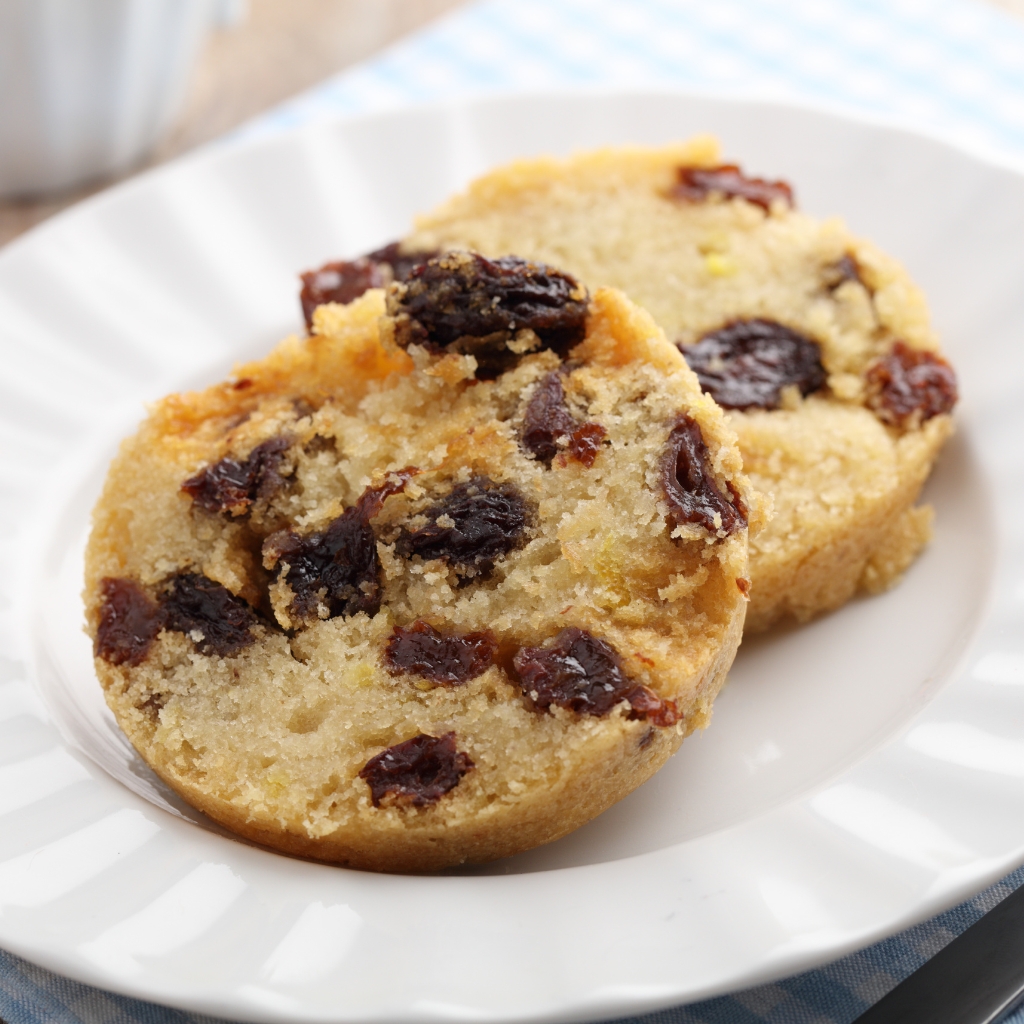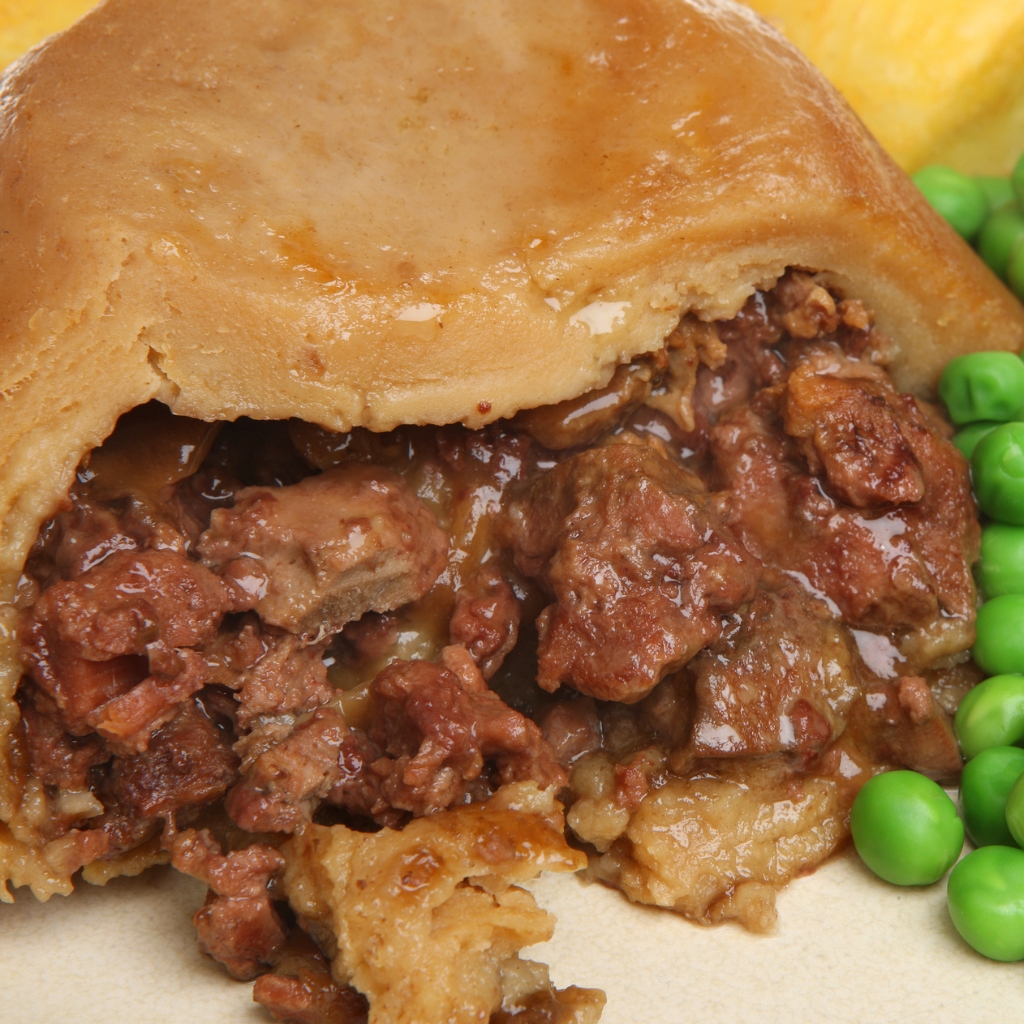How to Make Suet Crust Pastry
Suet Crust pastry is the basis for some of England's most famous puddings, such as steak and kidney pudding, jam roll or Spotted Dick.
Unlike most other pastries, which are baked, suet crust is usually boiled or steamed and works well for both sweet and savoury dishes. According to Mrs Beeton, the pastry can also be baked, but in the process looses some of its richness.
Suet crust pastry is made from suet, flour, salt and water and always contains baking powder as a raising agent. Self-raising flour also works well when making this pastry, or you can add 4 tsp of baking powder to any 450g / 1lb of plain flour. If you're making this outside of the UK, please check that your self-raising flour doesn't have extra salt added. If it does, you need to adjust the amount of salt you add to the pastry mix.
Suet can be bought in ready-to-use packets or fresh from the butcher. When using fresh suet remove the skin and shred the suet finely before using. Supermarkets in the UK also stock Vegetarian suet for those who can't or don't want to consume animal products. It usually comes in a ready-to-use block. Just measure out the amount required in the recipe.
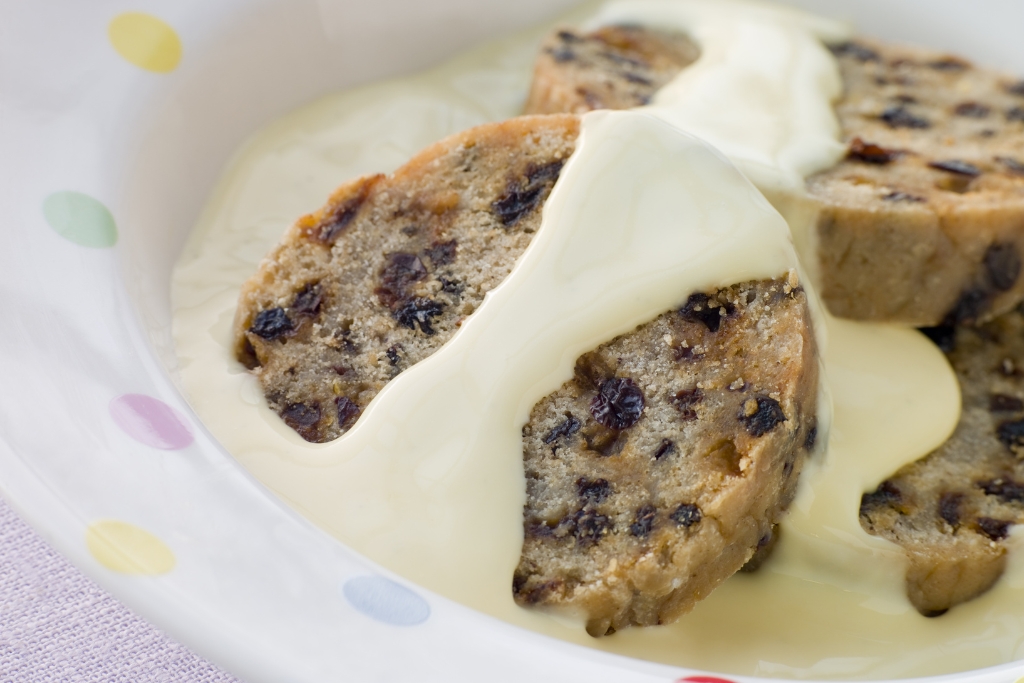 Spotted Dick and Custard © Monkey Business Images canva.com
Spotted Dick and Custard © Monkey Business Images canva.com
Basic Recipe for Suet Crust
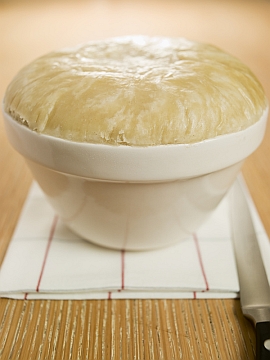 Steamed Suet Pudding
Steamed Suet Pudding © Monkey Business Images | dreamstime.com
This quantity of suet crust pastry is enough to make a 15cm / 6in pudding, which will feed four people.
- 225g / 8oz flour
- 75-100g / 3-4 oz suet
- 2 tsp baking powder (omit if using self-raising flour)
- 1 tsp salt
- cold water
If using block suet, remove skin and shred finely. If using packet suet, weigh out quantity required and follow instructions on the packet.
Sieve flour, baking powder (if using) and salt together and add the suet.
Mix with cold water to a soft, but not sticky dough.
Turn out onto a lightly floured board and roll out as required.
Using Suet Crust Pastry
For savoury puddings, you'd usually line a pudding basin or pudding steamer with two thirds of the pastry before placing the filling into the centre. Cover the filling with the remaining third of pastry and make sure the edges are sealed well.
The pudding basin is placed in a pot of boiling water and steamed until pudding and filling are cooked.
Sweet puddings are more commonly cooked in the shape of a long roll, either in a pudding sleeve or grease-proof paper and cloth. Here the pastry is rolled out and convered with the filling before being rolled up into shape.
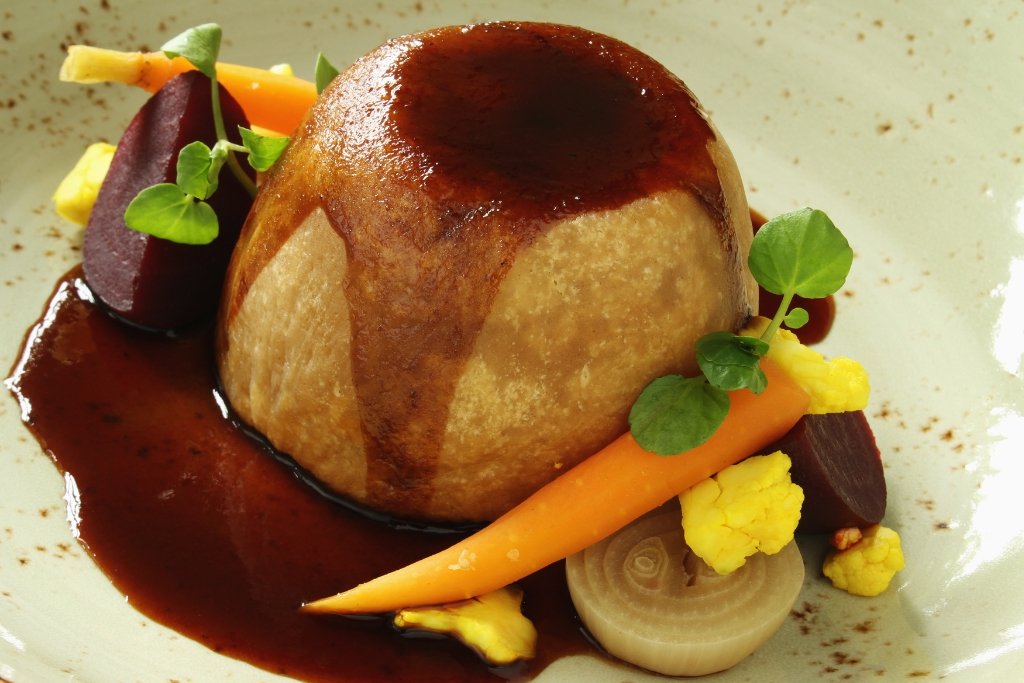 Steak and Kidney Pudding © Langan canva.com
Steak and Kidney Pudding © Langan canva.com
Quick Links to our Spotted Dick and Steak and Kidney Pudding Recipe Pages
Spotted Dick
Steak and Kidney Pudding
Return to the recipes page to find out what to do with your finished pastry.
